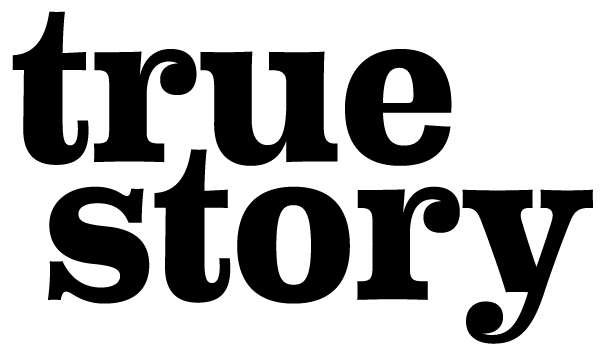The fat cat days are over.
2023 is the dawn of a new reality. The “growth at all costs” mantra has been kicked to the wayside. Now it’s all about efficiencies, higher margins, and better decision-making.
Companies of all sizes, but particularly PE-backed companies, are facing a new demand: they must adopt predictable business models that generate sustainable profits in order to survive. That’s why we call 2023 the year of smart growth.
According to Madeline Shi in her recent Pitchbook article, companies will face serious headwinds in 2023. The dramatic increase in the cost of capital foreshadows the likelihood of a recession coupled with liquidity risks.
Given these new pressures, we recommend three steps to leaders of PE-backed companies.
Tip #1: Make strategic hires. (Or don’t hire at all.)
Portfolio companies can no longer hire willy-nilly. They must be disciplined in hires and must find the right balance between expertise and what that talent will cost. A bad hire can be fatal, especially to companies that are seeking rapid growth.
In an article by Harvard Business Review, authors share the following advice:
“A bad hiring decision is expensive. Replacing an employee costs companies anywhere from thousands of dollars to hundreds of thousands of dollars. And this might just be the tip of the iceberg, as a poor hire will also have indirect costs, for example in regards to morale and company culture.”
In our lives as consultants, we see companies racing to hire in-house talent. But often these well-intended decisions wreak havoc on allocation of resources. Leaders forget that new hires require management and oversight. Hires frequently lack the breadth of talent that’s needed. Or they need to be cajoled into meeting deadlines. Or worse, they don’t have the people skills to function productively in a team environment.
Often, it’s smarter to wait on the hire and instead rely on outsourced, expert teams to do the work. These outsourced experts can establish the platform and the processes so that once a hire is made, the new hire has a strong foundation to work from. Additionally, the outsourced experts can even help with the hire, to ensure the hire has the actual skills needed.
Tip #2: Focus on mission-critical products. (And let go of the others.)
Portfolio companies will face increasing pressure to focus on products that are truly in the company’s wheelhouse, rather than on products and services that are a stretch to create or provide. Tom Spitale shares in his Forbes article:
“While it seems illogical to exclude opportunities when seeking growth, there are many cases in which aiming at smaller targets leads to significantly increased profits.”
Apple is the best example of a company that has stayed laser-focused on a few products. Rather than spreading themselves like a smear of room-temperature butter across a bunch of mediocre products, Apple meticulously architects a few great products that shine like a beacon in the marketplace. In fact, Apple prides itself on saying “no” to new products and only saying “yes” if that product is smack-dab in the epicenter of Apple’s expertise.
The principal of doing only what you do best is a tried-and-true business practice that can often get dismissed in the panic to create more products and generate more short-term revenue. Jim Collins’s famous “Hedgehog Concept” spells out the power of being disciplined.
“To go from good to great requires transcending the curse of competence. It requires the discipline to say, ‘Just because we are good at it—just because we’re making money and generating growth—doesn’t necessarily mean we can become the best at it.’ The good-to-great companies understood that doing what you are good at will only make you good; focusing solely on what you can potentially do better than any other organization is the only path to greatness.”
Tip #3: Keep the love with existing customers.
Yes, the grass is always greener in pastures we’re not in. But a roving eye can be just as dangerous in customer relationships as they are in marital ones. Bottom line – show the love to the customers you already have.
The costs of losing a customer are two-fold. First, you face the immediate cost of losing that customer revenue. Second, and more importantly, you face the costs of acquiring a new customer to replace those revenues. You have to hunt them out, lure them in, and then build the trust.
In an article by TTI Global research, the author shares jarring stats that make a powerful case for keeping current customers happy.
48% of customers who had a negative experience shared this experience with 10 or more people. (Gartner)
Increasing customer retention rates by 5% leads to 25-95% increase in profits. (Harvard Business School)
Companies have a 60-70% probability of selling to an existing customer, but only a 5-20% chance of selling to a new prospect. (Marketing Metrics)
Although 2023 most likely will prove challenging, the good news is that leaders who do pay attention to the realities will find themselves in a stronger position by the end of the year. In other words, the smart leaders will come out on top.
